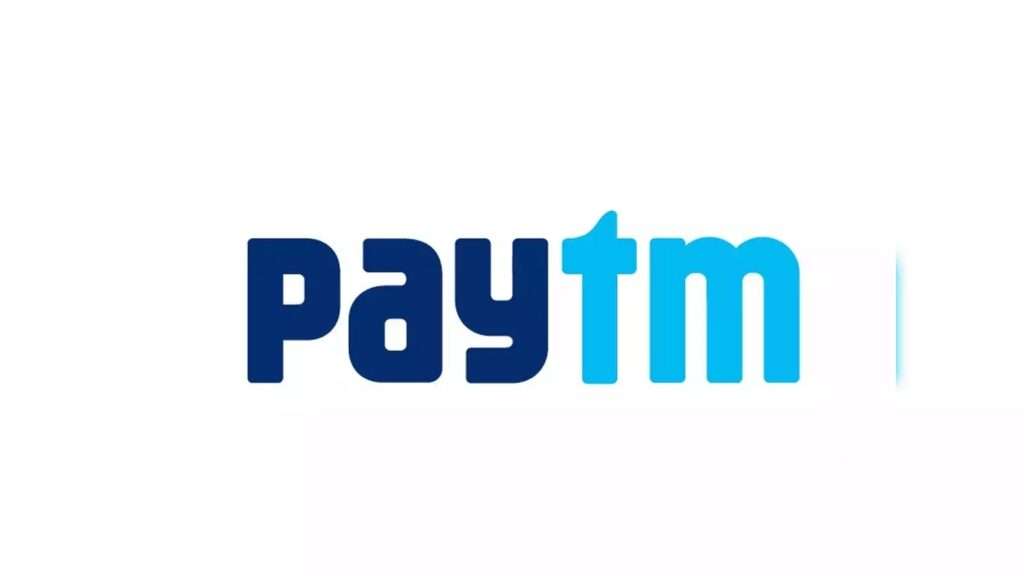Digital wallets have revolutionized the way we handle money, making transactions faster, easier, and more secure. This article explores key themes surrounding digital wallets, their functionalities, and their increasing popularity in today’s financial landscape.
What is a Digital Wallet?
A digital wallet is a software application that allows users to store and manage their payment information electronically. It enables various transactions such as bill payments, online shopping, and money transfers without the need for physical cash or cards.
Users can link their bank accounts or credit cards to these wallets, facilitating quick and easy access to funds.
Key Features of A Digital Wallet
- Convenience: Digital wallet can be accessed anytime and anywhere, making it easy to conduct transactions on the go.
- Security: Advanced security features like encryption and biometric authentication (e.g., fingerprint or facial recognition) help protect user data.
- Versatility: Users can perform a wide range of transactions, from paying bills to booking tickets, all within a single app.
- QR Code Payments: Many digital wallets utilize QR codes for swift transactions, allowing users to scan codes at point-of-sale terminals or online platforms.
How Does A Digital Wallet Work?
Digital wallets operate using various technologies:
- Near Field Communication (NFC): This technology allows devices to communicate when they are close together, enabling contactless payments.
- Tokenization: This process replaces sensitive card information with a unique identifier or token, enhancing security during transactions.
- Mobile Apps: Users input their card details into the wallet app, which encrypts this information for secure transactions.
Popular Types of Digital Wallets
- Centralized Wallets: Managed by a single institution (e.g., banks), these wallets store user funds on central servers. Examples include PayPal and Venmo.
- Decentralized Wallets: These operate on blockchain technology, allowing users full control over their funds without a central authority. Examples include MetaMask and Trust Wallet.
- Open Wallets: These allow users to transact outside the issuing platform, such as transferring funds to bank accounts. Examples include Paytm and MobiKwik.
- Multicurrency Wallets: These support multiple currencies, enabling users to transact in both fiat and cryptocurrencies. Examples include Revolut and Coinomi.

The Growing Popularity of Digital Wallet
The rise of e-commerce and mobile payments has significantly boosted the adoption of digital wallets. Users appreciate the speed and convenience they offer compared to traditional payment methods. Additionally, the COVID-19 pandemic accelerated this trend as more consumers turned to contactless payments for safety reasons.
Advantages of Using A Digital Wallet for Secure Transactions
- Speedy Transactions: Payments can be completed in seconds.
- Reduced Need for Cash: Less reliance on physical currency helps minimize cash handling risks.
- Loyalty Programs: Many digital wallets integrate rewards programs that allow users to earn points or cashback on purchases.
How to Transfer Money from Paytm Wallet to Bank Account
Here’s how you can transfer money from popular digital wallets to your bank account:

1. Paytm Wallet
- Step 1: Open the Paytm app.
- Step 2: Go to “Passbook” or “Wallet.”
- Step 3: Select “Transfer to Bank.”
- Step 4: Enter your bank account details.
- Step 5: Confirm the amount and hit “Transfer.”

2. Glowroad Wallet
- Step 1: Open the Glowroad app.
- Step 2: Click on your wallet balance.
- Step 3: Choose the option to withdraw money.
- Step 4: Enter your bank account information.
- Step 5: Confirm the withdrawal.

3. Flipkart Wallet
- Step 1: Open the Flipkart app.
- Step 2: Go to “My Account” and select “Wallet.”
- Step 3: Choose “Transfer to Bank.”
- Step 4: Provide your bank details.
- Step 5: Confirm the transfer.

4. Payzapp Wallet
- Step 1: Open the Payzapp app.
- Step 2: Navigate to your wallet section.
- Step 3: Select “Withdraw” or “Transfer.”
- Step 4: Enter your bank account details.
- Step 5: Confirm and complete the transfer.

5. Airtel Wallet
- Step 1: Launch the Airtel app.
- Step 2: Go to “My Wallet.”
- Step 3: Click on “Withdraw Money.”
- Step 4: Input your bank account information.
- Step 5: Confirm the amount and transfer.
Using A Digital Wallet Without KYC Verification
If you want to use wallet money without completing KYC (Know Your Customer) verification, here are some options:
- Most wallets allow you to use a limited amount without KYC. Check each wallet’s policy for specific limits.
- You can often make purchases directly from the wallet without needing to transfer funds.
Tips for Using Digital Wallets Effectively
- Always check for transaction fees when transferring money from your digital wallet.
- Keep your app updated for smooth transactions.
- Make sure you have a stable internet connection while performing transactions.
Conclusion
Digital wallet technology’s are transforming financial transactions by providing a secure, convenient, and efficient way to manage money. As technology continues to evolve, we can expect even more innovative features and widespread adoption in the future.
For more detailed insights into specific digital wallet functionalities, you can explore articles from sources like Geniusee, TechTarget, and DashDevs. This revised article effectively incorporates long-tail keywords while providing valuable information about digital wallets!
Latest Posts
- India’s Banking Sector in 2025: Strengths & Emerging Risks
- India’s Defence Finance Strategy: A Financial Blueprint for the Future
- Investment Strategies for Gold & Silver during Akshaya Tritiya in India
- HDFC Credit Cards in India: Your Finance & Wallet Guide
- How Starlink Will Power India’s Finance in 2025?
